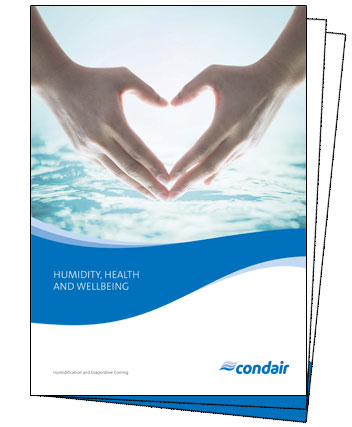Published: Oct 1998 | Eur Respir J. 1988 Oct;1(9):852-5.
Nasal mucociliary transport in healthy subjects is slower when breathing dry air
Salah B, Dinh Xuan AT, Fouilladieu JL, Lockhart A, Regnard J.
Abstract
The authors assessed the effect of dry air (DA) applied by mask and room air (RA) by tidal nasal breathing on the velocity of nasal mucociliary transport in 11 healthy, non-smoking subjects.
Subjects were breathing (only nose breathing!) either room air (RA, 22-24°C, 40-43%RH) or conditioned dry air (DA, 25-29°C, <0.1%RH), through the most patent nostril, for 30 minutes on three different study days. On each study day, the trial was conducted at the same daytime, in the same nostril. DA was breathed through a light-weight, tight-fitting nasal mask. Transit time of mucous from the anterior nose to throat was measured immediately after RA or DA exposure.
For the Saccharin nasal transit time (SNTT) 250 microgram of saccharin was deposited on the anterior part of the inferior turbinate under visual control and saliva was swallowed every 30 s thereafter, until saccharin was tasted.
The group-average SNTT on DA was 18.5 +/- 8.6 min, which was significantly longer than on RA (11.9 +/- 5.3 min).
Results
The findings showed that dry air breathing results in a significantly slower nasal mucociliary transport. The reason is most probably due to changes in the rheological properties or adhesiveness of nasal mucus and/or slowing of ciliary beating.

Dry air and our airway defence system
Low humidity dries our mucous membranes and inhibits our body's natural defence against airborne germs, viruses and bacteria.
Read moreDry air and airborne infection
Low humidity acts as a conduit for viruses and airborne bacteria to disperse and travel around a building and threaten all occupants.
Read moreDry air and our eyes
Low humidity dries our eyes' precorneal tear film making us prone to eye irritations and contact lens discomfort.
Read moreDry air and our skin
Low humidity dries the outer layer of our skin leading to itchiness, cracking and dermatological problems.
Read more














